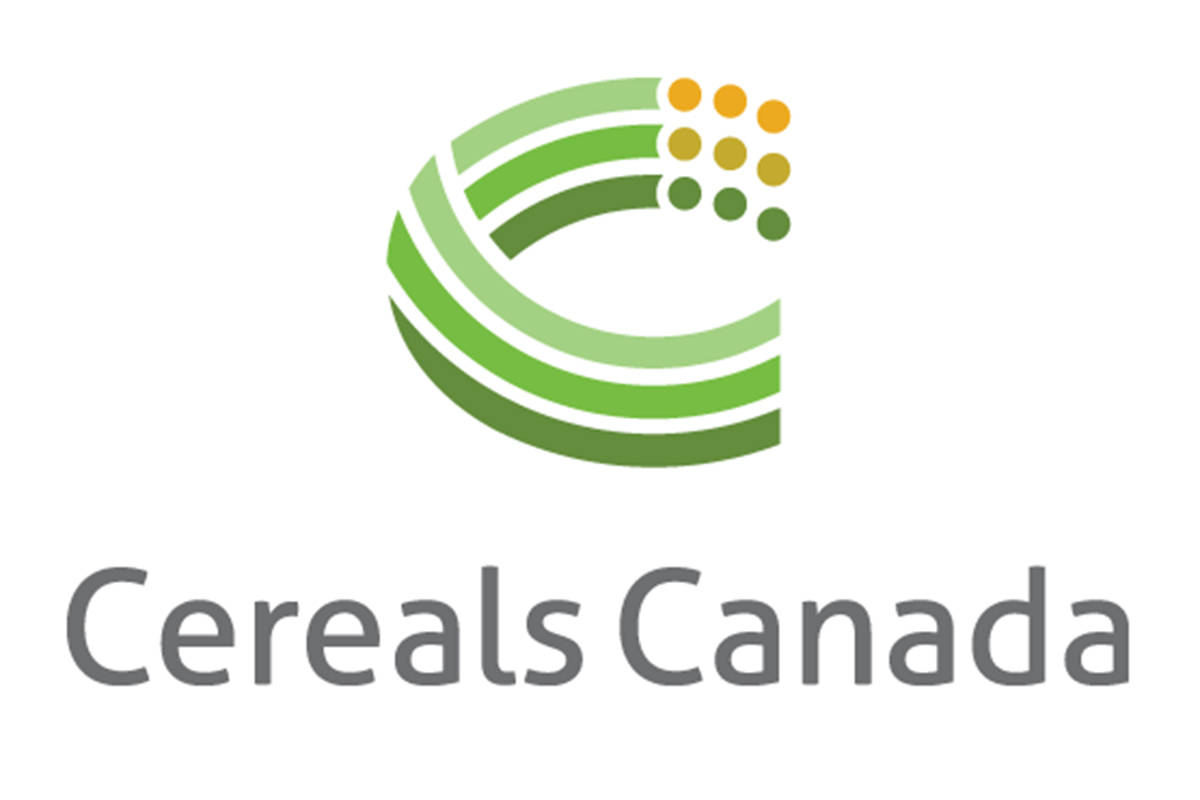A producer asked me a few weeks ago, “why do others care about my farming practices?” And then asked, “isn’t it only my bottom line that suffers if I do something that hurts my yield or quality?”
These are two important questions. The value chain is becoming more and more integrated over time. This means that the actions of one player can impact entire markets. This is true for farmers as well as crop developers, shippers, and processors. What happens on the farm extends well beyond the farm’s gate.
Canada has a strong reputation for consistently delivering safe, high-quality grain to our customers both here at home as well as off shore. Farmers have built this brand over many years. High quality, safe food are brand elements and are growing in importance over time. We can build on this reputation further by following key best management practices.
The Canadian grain industry, including farmers, depends on this reputation to gain access to international markets. Every part of the value chain must do all that it can to preserve this hard-won recognition. Individual farmers play a critical role in preserving the “Canada brand.”
Pesticide residues are one aspect of grain safety that is of growing concern for our customers. Grain shipments are being scrutinized more and at ever increasing levels of rigour. Testing can now occur at parts per billion or even parts per trillion.
What is a part per trillion? Think of this as one square inch in two-hundred fifty square miles.
Fortunately, there are easy steps to follow to ensure that Canadian shipments remain well below maximum residue limits. When it comes to pesticide application, including fall application, the key message is “follow the label.” It is critically important for farmers and their staff to know and understand what is on the label for every product they apply. There are no conditions where it is acceptable to not follow the label.
There are two important elements of the label that require special attention this time of year – applying too early and applying too late.
Some products, like glyphosate, should not be applied while the crop is too green. For example, the label for glyphosate indicates that application should not occur for wheat if the seeds are thirty per cent moisture or higher. And yes, this does include the low spots that are greener than the rest of the field.
This application requirement is science-based and not arbitrary. Below this moisture level, the seeds are physiologically mature and the plant is no longer putting down starch and protein. The possibility of residues is therefore minimized.
Glyphosate is of particular interest because it has come under fire from those who do not support the use of pesticides for any reason. Farmers rigorous adherence to the science-based label will help blunt the criticism of the activists and keep this important product in our toolbox for years to come.
Each product label also has a pre-harvest interval. This is the amount of time required in between pesticide application and harvest. All applicators and staff should be aware of the pre-harvest interval include on the label of each product applied this fall. Ensuring that combining does not occur within the pre-harvest interval is a vital best management practice that will help minimize the potential for residues.
Building on our strong reputation is the responsibility of every part of the value chain, beginning with crop developers through to exporters and processors. Individual producers can’t control everything that goes into our international reputation but they do have a critical role to play on key grain safety issues. Working together we grow the Canadian brand, ensure we preserve the high-value markets we have today and open new doors for Canadian production.

